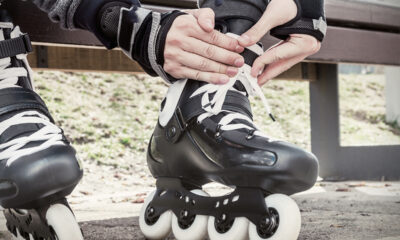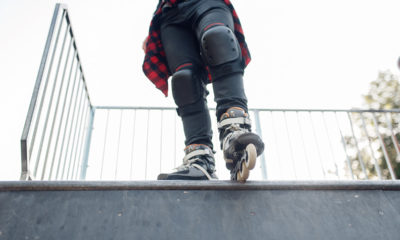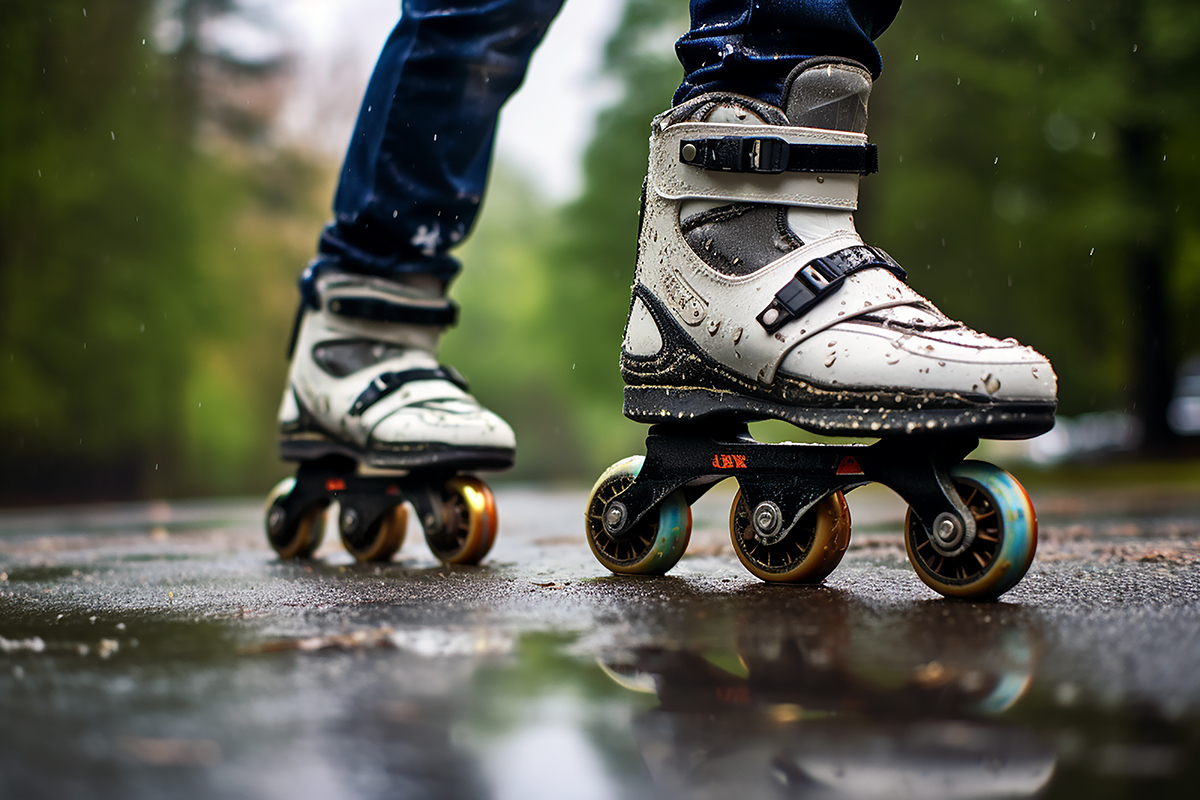
Skating enthusiasts know that the thrill of inline skating doesn’t have to stop when the weather turns extreme. Whether it’s the sweltering heat of summer or the icy chill of winter, there are ways to adapt your inline skating practice to safely enjoy the sport year-round. This article delves into practical tips and techniques for inline skating in a variety of challenging weather conditions.
Understanding the Challenges of Extreme Weather
Inline skating in extreme weather conditions isn’t just about enduring discomfort; it’s about recognizing and respecting the different challenges that come with varying climates. From scorching heat to freezing cold, each extreme condition presents unique hurdles for inline skaters.
Skating in Hot Weather
When temperatures rise, skating can become a sweaty and exhausting endeavor. It’s crucial to stay hydrated. Always carry water and take frequent breaks to prevent overheating. Wear breathable, moisture-wicking clothing to help keep your body cool. Skating during cooler parts of the day, like early morning or late evening, can also help avoid the intense midday heat.
Dealing with Rain and Wet Surfaces
Rain can make paths slippery and hazardous. If you choose to skate in wet conditions, go slow and be extra cautious. Use skates with grippy, softer wheels that are better suited for wet surfaces. Always avoid puddles and painted surfaces, as they can be incredibly slick. Remember, your stopping distance will increase on wet surfaces, so give yourself plenty of room to slow down.
Braving the Cold – Ice Skating on Inline Skates
Winter brings its own set of challenges. The key to skating in cold weather is layering. Wear thermal base layers and windproof outerwear to keep warm. Pay special attention to your extremities – wearing gloves and a beanie can significantly improve comfort. Be mindful of icy patches, and consider using inline skates designed for rougher, winter conditions.
Adjusting Your Technique for Different Conditions
In extreme conditions, your usual skating technique might need some tweaking. For example, in wet conditions, keeping your center of gravity lower and taking smaller strides can improve stability. In windy conditions, reducing your surface area by crouching slightly can help maintain balance.
Remember – Safety First
No matter the weather, safety should always be your top priority. Wear appropriate protective gear, including helmets and pads. Be aware of your limits and the changing conditions around you. If the weather seems too harsh, it might be best to postpone your skating session.
Embracing the Challenge
Skating in extreme conditions can be an exhilarating experience. It pushes your limits and adds an extra layer of excitement to your practice. With the right preparation and mindset, you can enjoy inline skating throughout the year, regardless of the weather. Remember, it’s not just about enduring the extremes; it’s about adapting, learning, and growing as a skater.

Top Skating News
-


Figure Skating
/ 1 year agoRemembering Sjoukje Dijkstra: The Dutch Skating Legend Who Charmed the World
The world of figure skating has lost one of its brightest stars,
-
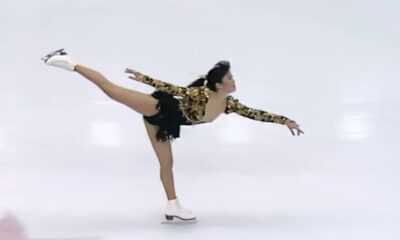

Figure Skating
/ 1 year agoThe Enduring Legacy of Kristi Yamaguchi
An Olympic gold medalist, a World Champion, and a beloved public figure.
-
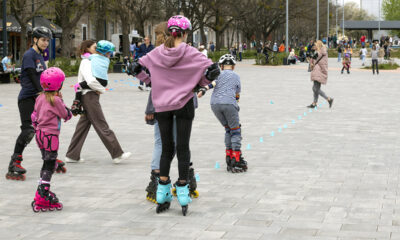

Roller Skating
/ 1 year agoSkating Community Building: Tips for Organizing Local Events
Roller skating isn’t just a hobby; it’s a community. Whether you’re gliding around the...
-


Figure Skating
/ 2 years agoNational Skating Month Celebrating the Skating Community
National Skating Month: A Time for Skaters to Shine
-


-
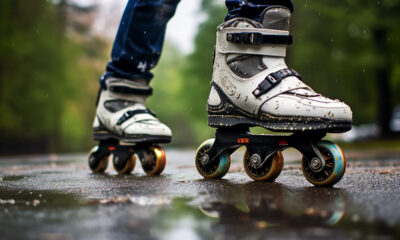

Inline Skating
/ 2 years agoTips and Techniques for Inline Skating in Extreme Conditions
Tips for Inline Skating in Challenging Weather
